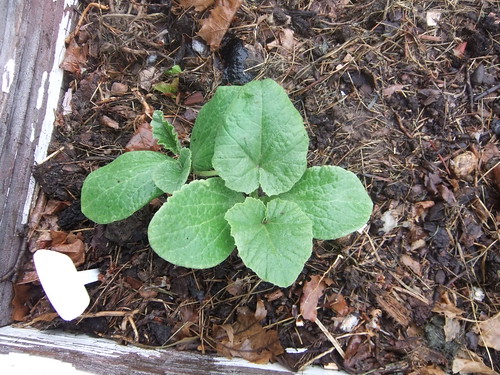Post by Joseph Lofthouse on Feb 15, 2012 11:34:37 GMT -5
Besides a better chance of surviving infections... Better chance of surviving a wet year, or a dry year, or a cool year, or a year without fertilizer, or bad weeding, or a drought, etc...
Commercial inbreeds are selected to do well in mega-agriculture with it's carefully timed and measured fertilizers and spray schedules, and weeding, and being grown in the ideal climate for each species. The home gardener rarely complies with the planned input schedule and attempts to grow plants outside their ideal climate, therefore not getting the full benefits from the inbreds that the commercial farms get. My landraces are more productive in my garden than any commercial seed that I could grow.
Part of the traditional definition of a landrace is that it is tied to the land: To a location in which it has become accustomed to growing. As far as I know, there are no landraces readily available for Florida except for the Seminole squash and the Everglades cherry tomato... (Perhaps there is a lurker that will come forward and admit that they have secretly been growing landraces in Florida.)
I am growing 12 species that have grown long enough in my garden, and that have enough variety, and that perform well enough that I consider them to be landraces: muskmelon, sweet corn, popcorn, tomato, wheat, moschata squash, cucumber, shelling peas, bush snap beans, spinach, sunroot, sunflower, sweet pepper. I am working on developing landraces for watermelon, dry pulses, carrot, potato, zucchini, crookneck, radish, chard.
If you are just starting with landrace growing, it's very acceptable to import genetics from other landraces in other places, but the first year might be amazingly rough, as the particularly unadapted plants struggle to survive the new location. The second year is generally significantly better, and the third year is magical. I planted the Seminole squash which is endemic to Florida. Ha!!!! My garden had an 88 day squash growing season that year. So no Florida native squash got added to my genepool.



